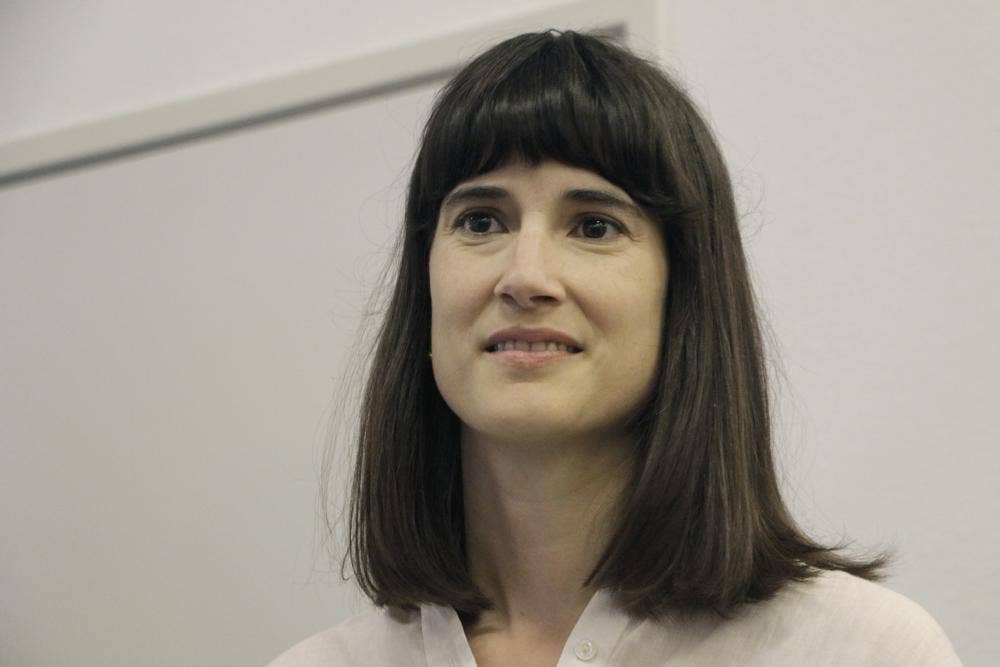I'm watching something interesting in Alaska with it's RCV, (Ranked Candidate Voting). In both the senate and house races it looks like the candidate that is leading when all of the votes have been counted, will not be the winner. A lot of democrats want RCV quite badly, so there must be some advantage in it, but I'm having trouble getting my head around the logic of it all.
The basic concept is an open primary where the top 4 or 5, (4 for Alaska), move on to the general election. In the general election the voters then vote for as many of the candidates as they like by ranking them from 1-4 (or 5). The winner must get 50% plus 1. If that doesn't happen, then the candidate with the fewest votes is dropped and his/her #2 choice is redistributed to the remaining candidates and a new total is taken. This continues until someone gets 50% plus 1. All of this monkey motion is handled by computers, which throws up a big flag with me and it makes me wonder how you go about doing a recount. Additionally, I can't figure out what happens to the #3 and 4 choices and when they get used, like if the #3 gets eliminated then their #2 get redistributed and candidate-4 valid #3's get redistributed, then you could wind up with more votes counted than cast,,, so why have them?
Nevada is probably going to this system and other states already use it in just some counties for county elections. It's a bit bizarre but warrants further research as to how it can be manipulated as it is becoming more popular,,, check it out and let everyone know what you think.
By the way, check out the Alaska races, I'm thinking Murkowski will be the senator and Sarah Palin will be the house rep, any bets?



